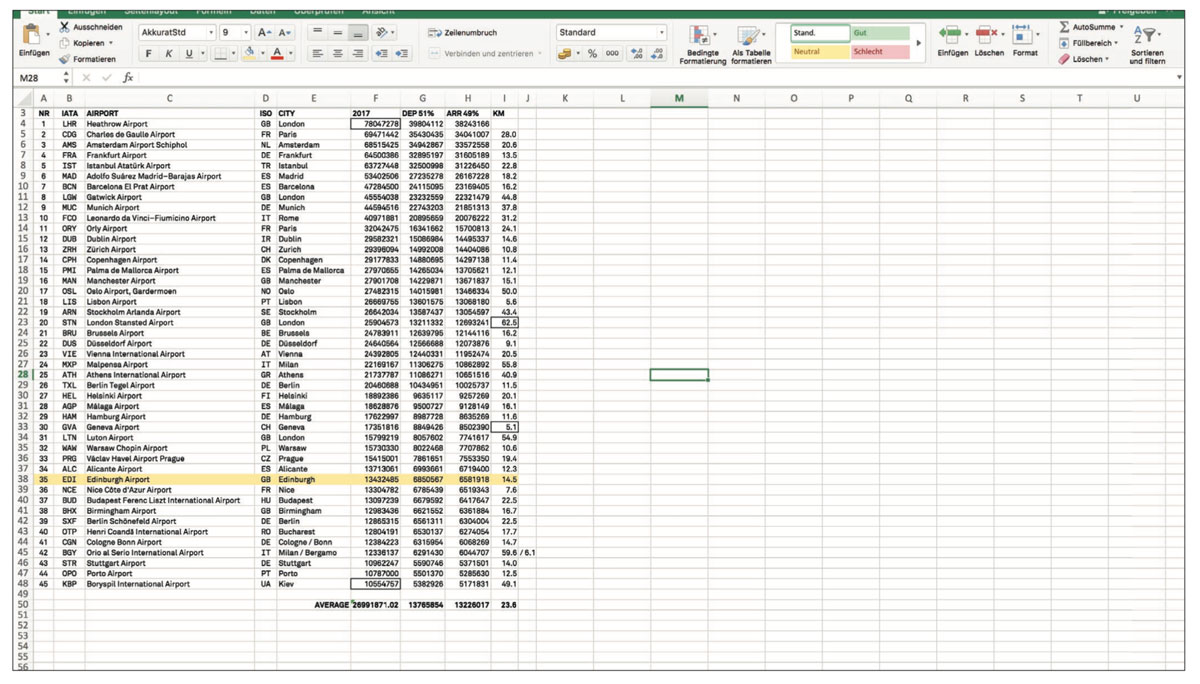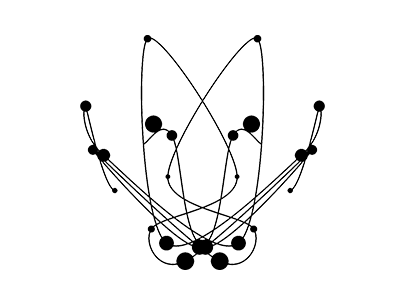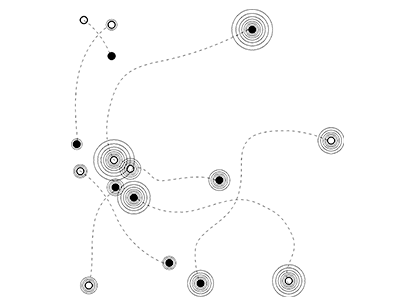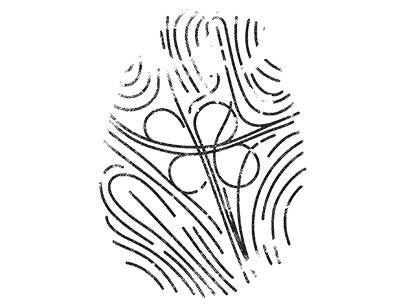Jury Statement
Commercial air service was launched across the globe in the 1950s. Today, almost 70 years after that inaugural jet flight, the sky rarely can be seen without planes or their traces. In narratives, the image of planes taking us to unknown places represents freedom. However, the devastating impact of commercial aviation on earth and humankind is more of a threat than ever. Air pollution, climate change, and large graveyards of mechanical bodies in the desert are all too well known. There is less awareness around the noise pollution that impacts those living close to airports.
In the 16th & 17th centuries, the ability to extend our human senses—through the use of specialized instruments—was a privilege to naturalists who travelled the world to collect new knowledge. Today, we have access to more information than we could comprehend—or even look at-—in a lifetime. In their investigation of the impact of noise pollution generated by air traffic, Fitze and Staehelin expanded their human abilities to look at the world through the use of high-tech optics of satellites, exploring open source data to find answers to their research inquiry. To document and interpret their findings, the Swiss students applied various means of communication design, ranging from digital tools to visual archiving, to emphasize their point: Noise pollution is one of many threats caused by commercial air travel that we—as a society—need to respond to immediately.
Artist Statement
According to the European Environment Agency, noise pollution is a major concern in Europe. People who are exposed to noise suffer from stress, sleep disturbance and an increased risk of hypertension and cardiovascular disease. From the many sources that cause noise polllution, we decided to tackle noise generated by air traffic. The number of people who are affected by noise from airplanes is small compared to those impacted by noise from rail and road, but the annoyance experienced is greater than any other source. To visualize the impact, we looked for a way to connect the source with the harm it causes. Upon experimenting with airplane floor plans, we discovered that from a bird’s eye view, most airports have a visual similarity to firearms. This link to a device that is only used to hurt and even to kill makes the viewer think about the side effects on human beings that flying might have.
Stefan Fitze & Maxim Staehelin
Stefan Fitze and Maxim Staehelin study visual communication at the FHNW Academy of Art and Design in Basel, Switzerland.
Process






